What’s On Our Minds? Contented Cows
THINK ABOUT IT.
“Work is contractual. Engagement is deeply personal.” This was the message from Richard Hadden, co-author of Contented Cows STILL Give Better Milk and speaker at a recent VACEOs Quarterly Luncheon.
“Satisfied employees give better performance,” explains Hadden. Or, put another way, contented cows give better milk. And that, Hadden says, “always finds a way to your bottom line.”
With the average job tenure at 4.6 years these days — and a growing mentality of “We’re not married to our jobs; we’re just dating”— it’s clear that business owners need to make their date with employees the best experience ever if we hope to retain the very best.
“Your best recruiting tool is your reputation as an employer, but it’s the reality of what it’s like to work there that will retain people.” – Richard Hadden
Hadden took us on a captivating journey using stories that began with us in the grocery store aisle, searching for fried onions, and ended with us in an extreme northern region of Scotland, preparing for battle.
His presentation was entertaining and top notch, and in the end, he challenged us with specific assignments geared to help us make the connection between people practices and profit performance. We learned that, as with any major change that evolves in the workplace, there will be employers who learn to adapt and burn the available fuel, and there will be those who don’t.
Will your company adapt or be left behind? Remember, everyone is hungry. It’s your job to understand what your people are hungry for.
Feel free to email us if you missed Richard’s talk. We’ll send you his notes!
This “What’s On Our Minds” moment is from the VACEOs Quarterly Luncheon presentation “Contented Cows Give Better Milk: Your People…Your Profit” with Richard Hadden (Thursday, September 22, 2016).
VACEOs members have access to national thought leaders on a regular basis – speakers like Richard Hadden, with unique voices not often heard in this market. Check out other member benefits.
VACEOs Feedback Aids in Development VA Export Initiative
As part of a two-year effort by variety of local, state and regional partners, the first formal export initiative organized by a Metropolitan Statistical Area in the Commonwealth has been officially drafted. The Metro Richmond Exports Initiative (MREI) was unveiled at the picturesque Boathouse restaurant in Brandermill on September 8.
The goal of the MREI is bold: increase exports from small and medium-sized Richmond-area businesses by 40 percent by 2020.
WHY EXPORT?
Global demand for all kinds of products is skyrocketing, and, according to the initiative’s organizers, “between 2015 and 2020, 81 percent of global demand for products and services of the sort that American firms produce or could produce will come from other countries – not the United States.”
Exporting is good for companies and for the regions in which they’re located. Compared to their non-exporting counterparts, companies that export*:
- Enjoy higher productivity (revenue per employee)
- Are able to pay higher wages and retain talent
- Produce and patent more product innovations
- Grow more quickly
- Have higher market value
- Do not experience cyclical fluctuations in revenue
These benefits strengthen the regional economies where the exporters are located. In 2015, exports generated $36 billion in revenue for Virginia, bringing $18.7 billion in income wages back into the state – as well as $2 billion in tax revenue. As Virginia Secretary of Commerce and Trade Todd Haymore pointed out during the initiative unveiling ceremony, “If you don’t understand the important role that exports play in Virginia’s economy, just look at the numbers.”
 MREI METHODOLOGY
MREI METHODOLOGY
The core group driving the creation of the MREI includes the Greater Richmond Partnership (GRP), Virginia’s Gateway Region (VGR), the Virginia Economic Development Partnership – International Division, JPMorgan Chase, and CURA@VCU (Center for Urban & Regional Analysis).
Over the last two years, the team worked to solicit feedback from local, regional and state officials, including those within the public sector, VEDP VALET program graduates, various chamber of commerce members across Virginia, and several business associations, including the VACEOs.
The overall process included a comprehensive SWOT analysis; community-wide meetings; interviews with local stakeholders; hundreds of surveys; and numerous focus groups, phone calls and visits.
“It was an honor to participate in this important initiative,” said Scot McRoberts, VACEOs executive director. “The Council’s membership comprises knowledgeable small and medium-sized business owners who represent a diversified range of industries – many with export experience and some on the brink of taking that next step. We were happy to share our knowledge during the focus group phase of this initiative.”
“A GREAT BEGINNING”
“This is a great beginning for us,” said Michael Rao, Ph.D., VCU president, in his closing remarks at the MREI unveiling. “We get the chance to think and work together as a unified region. Think about the incredible diversity we have – and don’t talk a whole lot about – in our region. It’s an important part of how we connect ourselves to the rest of world. When the rest of world sees that we embrace diversity found in all of our people, it gives us a chance to send a message to the world about how committed we are to the experiences of ALL human beings.“
The MREI was officially handed off by CURA@VCU to Metro Richmond’s regional economic development teams for implementation during the unveiling event.
According to a press release from the L. Douglas Wilder School of Government and Public Affairs, annual reports will document the progress of the initiative over the next four years, and adjustments to the program may be made as warranted by annual results. A communication plan has been created to keep stakeholders informed of changes, successes and opportunities.
 Ready to learn more? Download the MREI Report (PDF) to review the SWOT analysis, MREI Goals & Metrics and Objectives, and more.
Ready to learn more? Download the MREI Report (PDF) to review the SWOT analysis, MREI Goals & Metrics and Objectives, and more.
*Source: Metro Richmond Exports Initiative.pdf
Find the Right Connection and Watch the Trajectory of Your Business Change
Sometimes it takes just one connection to change the trajectory of your business (and your life). For Brandon Bruce, VACEOs member since 2012, it was a conversation that took place some time ago with a Council sponsor that eventually enabled him to break away from his current venture and focus on his new startup, Food Not Flowers.
“The Virginia Council of CEOs does a phenomenal job of connecting people on real levels,” explains Bruce. “It’s not forced networking – it’s real-life situations that we’re sharing. Everyone is there to help each other. It’s absolutely a great place to make a connection.”
“A couple of years ago, I mentioned to Patrick Morin of Transact Capital that at some point, when the time was right, I would be interested in selling my catering business, Groovin’ Gourmet,” recalls Bruce. “Patrick is a sponsor of the Council, so we regularly saw each other, and it was easy to stay in touch.”
Long story short, Morin introduced Bruce to Scott Halloran, CEO of Trolley House Refreshments. Halloran was also a Council member – and was very interested in acquiring Bruce’s catering company.
“Patrick connected us, even facilitating the first meeting to help us understand if the fit was right,” says Bruce. “Six months after our initial meeting, the deal was done.”
Halloran agrees that the Council is a great place to make connections with like-minded CEOs. He’s been a member since 2006 and has come to depend on the expertise of his connections when making difficult business decisions.
“I’m very collaborative in nature, so I find it to be a powerful organization to belong to,” explains Halloran. “The Council allows me to leverage not only my relationships in my Roundtable, but also with sponsors and the organization as a whole. I would say that I’ve relied on these relationships and the expertise of the members to get me through many of the really big business decisions I’ve had to make.”
Today, both Bruce and Halloran are moving their businesses forward. Bruce plans to take Food Not Flowers national soon, and Halloran reports that his new acquisition and catering business are doing well. “Hectic, but good,” he reports.
As a VACEOs member, you’re part of a group of like-minded CEOs who are ready to share their experiences – but that’s not all. Find out what other members have to say about their experience with VACEOs, and learn more about additional benefits of VACEOs membership.
VACEOs Member Profile: Russ Martin, CEO, IMMCO and Tube Tape
In July, we officially welcomed (and listed) our Class of 2016 New Members in one of the most highly viewed articles we’ve posted. So let’s dive in a little deeper and get to know Russ Martin, one of these new members.
Meet Russ Martin.
His business ownership experience spans 30 years, and he recently took ownership of a startup AND a long-standing company that needed a complete rebrand – both in the same year. His rationale for the challenge? “Sure! Why not?”
Welcome aboard, Russ. We’re looking forward to getting to know you better.
 Q: You’ve been an entrepreneur for several years. Tell us about your experience.
Q: You’ve been an entrepreneur for several years. Tell us about your experience.
A: I bought my first company from my father in 1990. The company, which began in 1983, was small and laden with debt. It had about a five percent market share and no international business, but it did have a great product. The company made specialty machines used to package hot dogs.
I made my father an offer, and he accepted. Over the next 15 years, the business achieved a 22 percent compounded annual growth rate and about 95 percent of the world market share. I sold that company in 2005 to a private equity firm and semi-retired for a while, doing analysis and acquisition work for that firm – which soon turned into full-time work. Then I finally decided I preferred to run my own company, rather than someone else’s.
In 2015, I bought Industrial Machine Manufacturing Company (IMMCO) and started an unrelated company, Tube Tape.
Q: What was it about IMMCO and Tube Tape that made you want to get back into the ownership game?
A: IMMCO had a premium product and a great reputation, but the company had been ignored. I thought it was a great opportunity to revitalize the brand. I felt it was a good company that I could grow. One week after buying IMMCO, I heard about Tube Tape. Unlike IMMCO, it was a startup company, but I got really excited about the product, so I partnered up with Tube Tape’s inventor. It’s been a lot of work and an interesting process!
Q: What do you think are some of the biggest challenges business owners face today?
A: When I attended Darden, I took an Organizational Behavior class. A visiting CEO said, “This will be the most important class you will take.” In many ways, he was right. Being able to find, recruit, maintain and develop the right people is critical. Once you have that part of the business figured out, it becomes easier.
I will add that I believe banks are not nearly as easy to work with as they used to be, and that’s another really big challenge business owners face today. It’s really difficult to get the capital you need to get your business started.
 Q: You’re a new member of the Council. Why did you want to join?
Q: You’re a new member of the Council. Why did you want to join?
A: When I started out in business as a newly minted MBA, I thought I knew it all. Of course, I didn’t. A real turning point for me was when I joined an industry trade association and I met a number of CEOs who had businesses similar to mine. Being able to talk through shared experiences and having those contacts was key.
I’m really looking forward to a similar CEO experience and meeting new people. Most of all, I’m looking forward to learning something new and hearing about experiences I haven’t encountered or experienced yet.
Q: What brings you the most joy in your life?
A: That’s an easy question! Five years ago, the answer would have been a well-struck golf shot. But now I have a daughter who’s 4 years old and 6-month-old twins. My family brings me the most joy. Being more experienced and a little older makes it easier for me to understand priorities.
VACEOs Director Renews Perspective on Life and Leadership
Scot McRoberts, executive director of the Virginia Council of CEOs, has a renewed perspective on life and leadership. As it turns out, a week-long trip with nine middle-schoolers can do that for you!
The journey forced everyone out of their comfort zone at times, and the long hours spent repairing the home of a 94-year-old woman in an economically depressed Ohio town helped Scot come back with different ideas and perspectives about how he leads and serves. “It was a growth experience for me,” he says.
Here’s what else he had to say about the adventure.
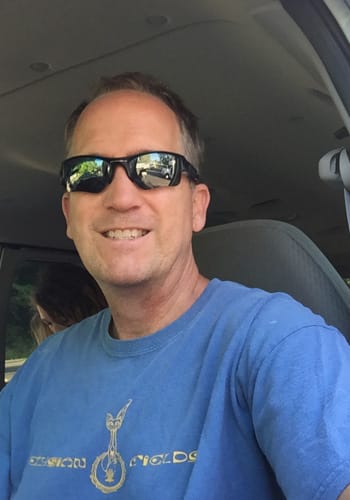 Q: You just came back from a mission trip that placed you and another adult and nine middle-schoolers in a blue-collar Ohio town for a week. Explain why you were there.
Q: You just came back from a mission trip that placed you and another adult and nine middle-schoolers in a blue-collar Ohio town for a week. Explain why you were there.
A: Lorain County, Ohio, is about 25 minutes west of Cleveland, on Lake Erie. It was, at one time, a steel mill town. That changed when the recession hit and the plants closed down, eliminating 15,000 jobs overnight. What was once a booming community is now a shadow of itself. There are lots of empty storefronts, businesses, and churches.
I was there as part of a mission trip to help someone in need in that community. More specifically, my group helped to repair 94-year-old Victoria’s home. We worked long, hard hours – working primarily on her kitchen, which a previous crew had re-floored and dry-walled. We were doing trim work, caulking and painting, and working on doors and cabinets. We also did some landscaping for her.
The ultimate goal of the trip was to give the young people in the group an experience that will help them grow and mature in their faith.
Q: This trip took some group members, and you, a little bit out of their comfort zone. What did you learn from each other?
A: I have been on other mission trips, and I find that when I’m taken out of my comfort zone and given the opportunity to do work that benefits others, I grow. It’s a great chance to get a new perspective on your life, work and what you do every day. I had never been to Ohio or Lake Erie before. It was clear we weren’t in the West End of Richmond anymore. It gave me a chance to practice being open minded and friendly with people who appeared to be different.
Also, the middle-schoolers were invited to do something they had never done before, whether that was to install trim work or caulk or paint. To see them take those tasks on with such enthusiasm and without fear – that was inspiring for me to see.
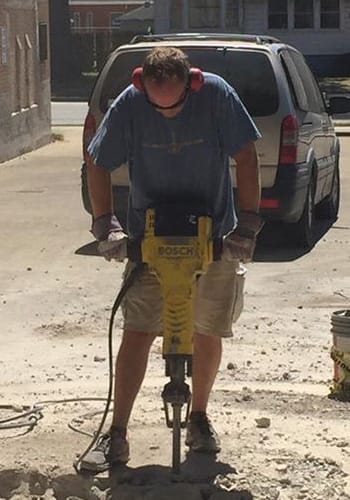 Q: Did you have any leadership revelations while on this trip?
Q: Did you have any leadership revelations while on this trip?
A: I knew this, but it pays to have a reminder that those who are the best leaders are the best servants. By that, I mean you are able to identify and meet the needs of your employees or whomever. I also think you have to give your followers a chance to fail, and you have to remember it’s ok if they do. People grow when given an opportunity to try.
I remember on the final day of painting, a bucket of paint got knocked over. It took two hours to clean it up. The kids stuck with it, and the kitchen turned out fine. One child in our group was trying to nail baseboard to a wall, and he was just too small and not coordinated enough to get the job done. We just found something else for him to succeed at, and I bet he will get that trim next time.
I also was reminded that people are much more capable than we give them credit for. Even a 13-year-old kid can do lots of things that you wouldn’t normally think they could. The same is true in business and with your employees and volunteers.
There were many leadership lessons happening around me. I just had to open the receptors.
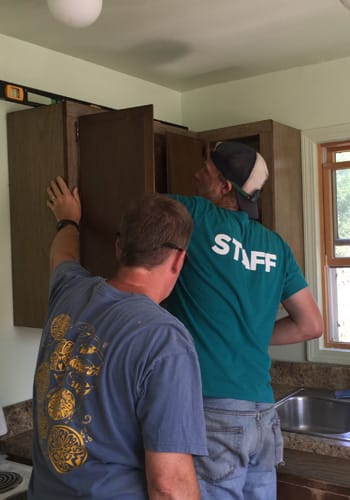 Q: Reflecting back to the experience, what were a few moments that stood out for you?
Q: Reflecting back to the experience, what were a few moments that stood out for you?
A: I really enjoyed watching the kids relate to the Victoria, even though there were eight decades between them. They were really interested in connecting with her, and they had long conversations with her about her life and interests. That was special to see.
The best part, of course, was when we finally finished putting her kitchen back together and we escorted Victoria in to see her new kitchen. To see the joy on her face and the pride on the faces of the kids was the ultimate highlight.


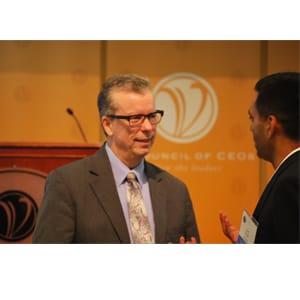

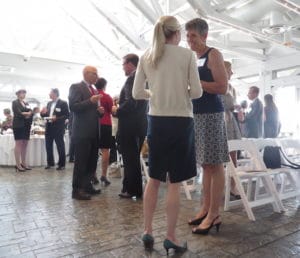
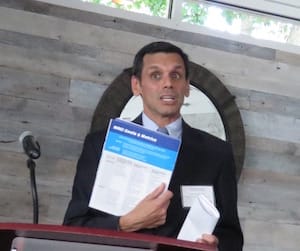
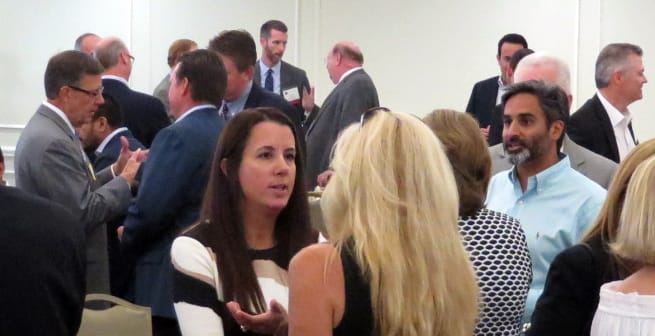
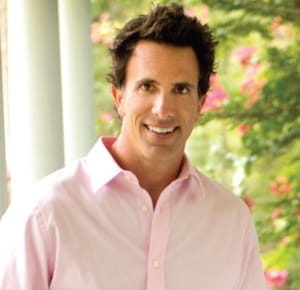
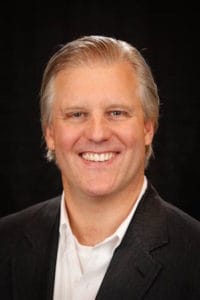
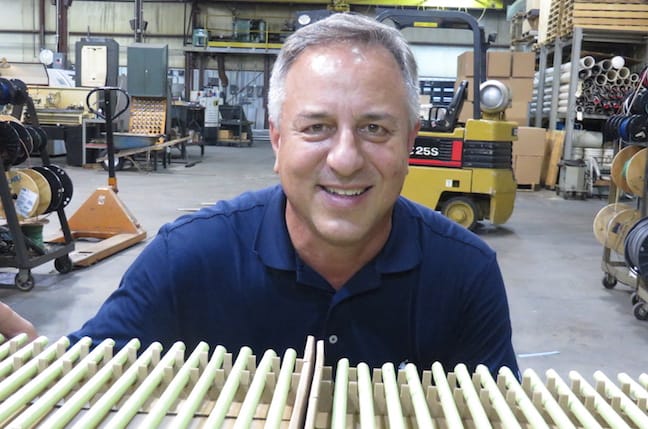

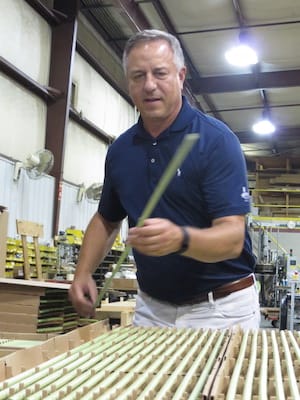 Q: You’re a new member of the Council. Why did you want to join?
Q: You’re a new member of the Council. Why did you want to join?
Recent Comments